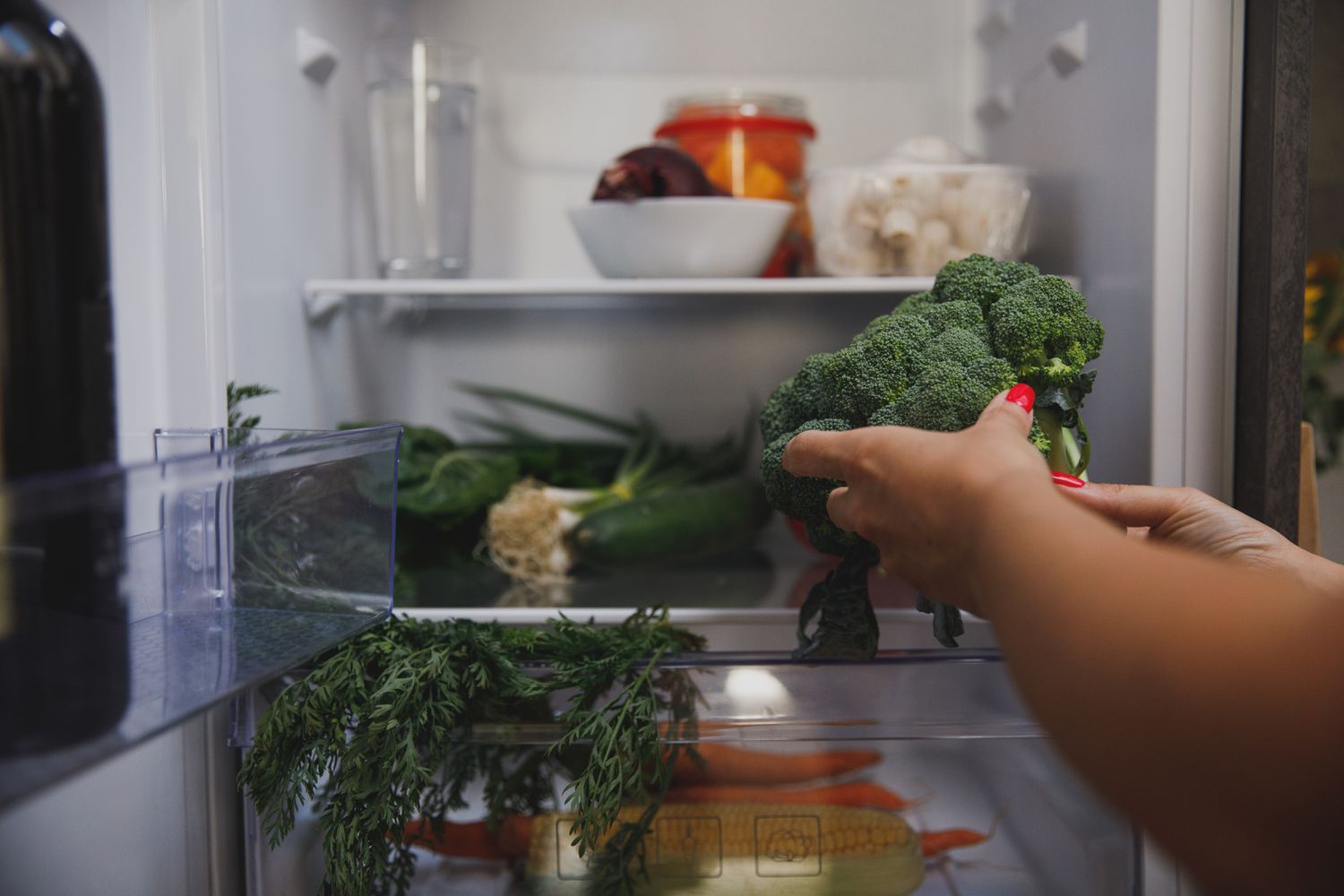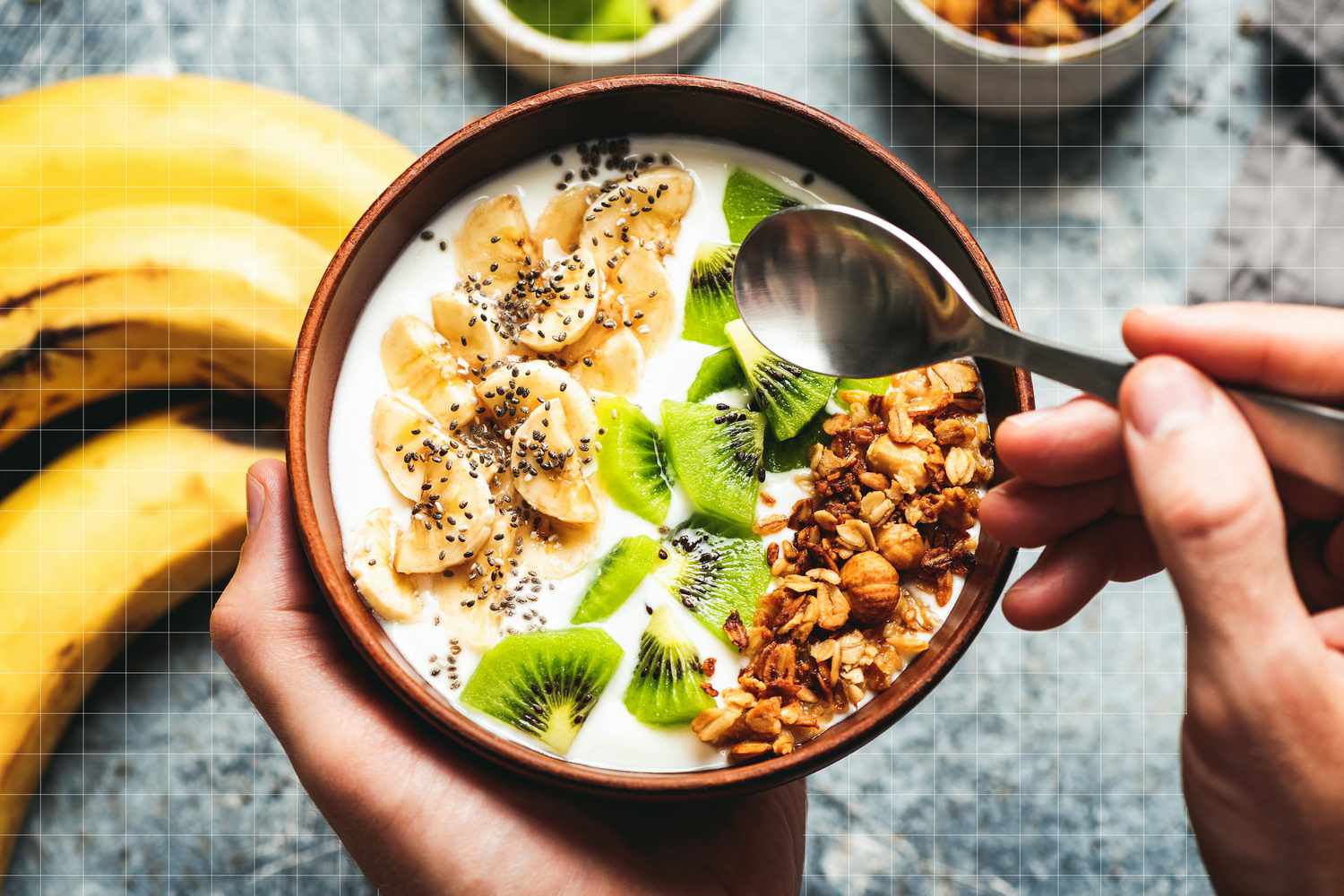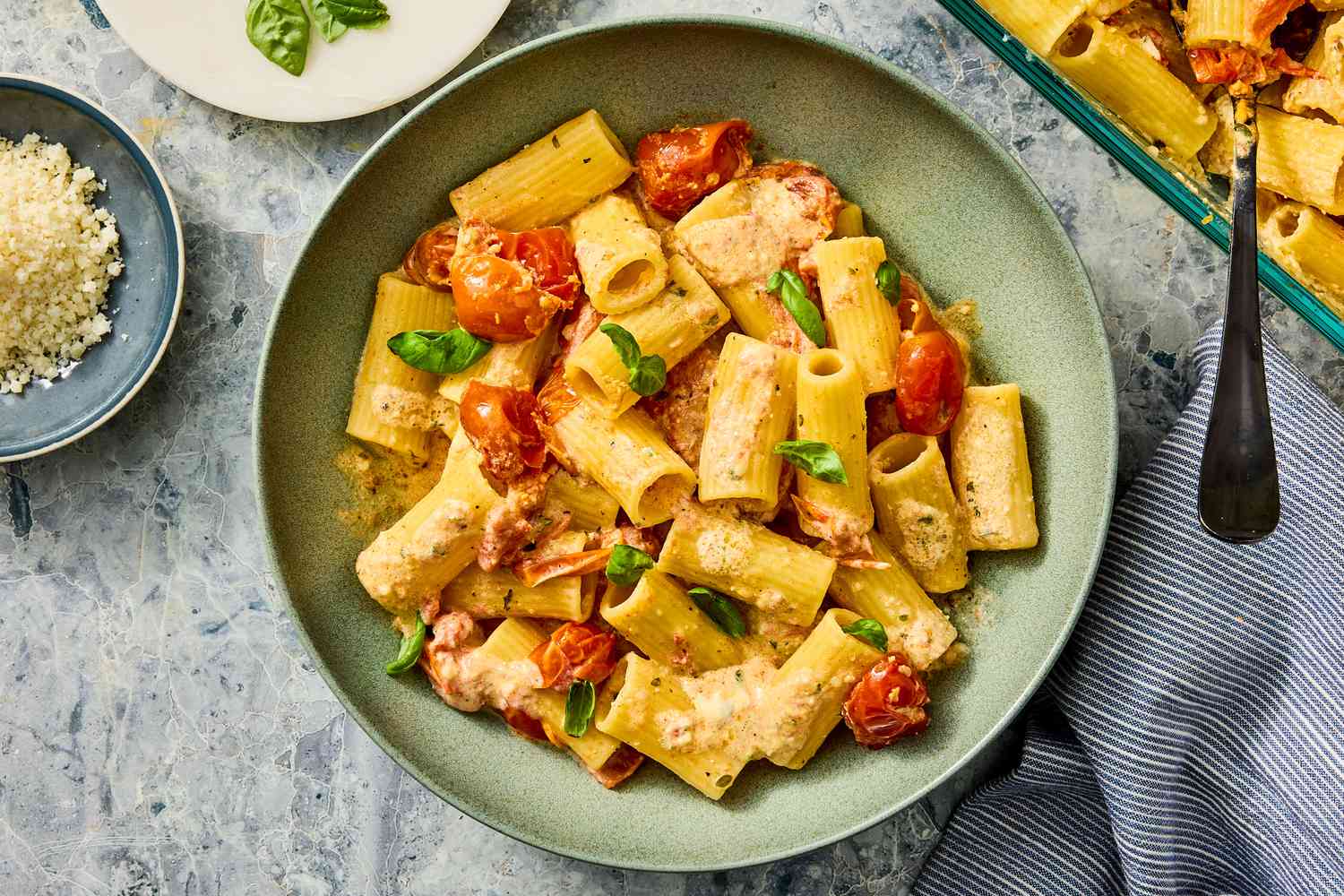
9 Genius Ways to Reuse Coffee Grounds After Your Morning Cup of Joe
After enjoying your morning cup of coffee (or two), stop before tossing the used coffee grounds in the trash. Used coffee grounds, also called spent grounds, are a valuable material for home and garden DIYs. From cleaning to crafting, spent coffee grounds are capable of much more after making a pot of coffee. Keep reading to learn our favorite easy ways to reuse coffee grounds around the house and outdoors.
1. Composting
One of the most eco-friendly ways to reuse coffee grounds is by tossing them into your compost bin. Compost is made of green material (wet, nitrogen-rich matter) and brown materials (dry, carbon-rich matter). Because of their nitrogen-to-carbon ratio, coffee grounds are considered a green composting material.
When adding them in your compost, mix the used grounds with two or three times the amount of brown materials by volume. Let the compost sit for up to five months, then mix it in with your garden soil for healthier plants and soil.
2. Natural Cleaning Scrub
If your pots and pans are coated with grime or have stubborn stains, try sprinkling spent coffee grounds over the spot and scrubbing the area with a sponge or scouring pad. Because coffee grounds are abrasive, they will help loosen stuck-on food on pots, pans, sinks, and other appliances. Plus, coffee is a natural odor eraser, so you don’t have to worry about any unpleasant, lingering smells.
3. Hide Scratches on Furniture
Repurpose used coffee grounds by touching up scratched wooden furniture. First, mix spent coffee grounds with water until a paste forms. Then, rub on a coat of the coffee ground paste to the scratch using a cotton swab or spoon. Let the paste sit on the scratch for 5-10 minutes before wiping it off with a cloth. After the paste is removed, you’ll notice the coffee grounds dyed the scratched area of wood to help hide the blemish. Continue applying the paste until you’ve reached your desired wood color.
4. Tenderize and Spice Up Meat
Tenderize meat for dinner while also adding more flavor with used coffee grounds. Because of the high tannin and acidity levels in coffee, coffee grounds are able to break down strong proteins, making for tender meats. To add more flavor in addition to tenderizing the meat, mix used coffee grounds with other spices like salt, pepper, garlic, onion powder, cumin, or chili powder.
5. Make Natural Dyes
Use ground coffee to color yarn, clothes, canvas totes, or other scrap fabrics with an all-natural fabric dye. If you don’t want to make the dye immediately with your used grounds, first spread them out on a baking sheet to let them completely dry. Once dry, you can store them in a container until you’re ready to make the dye.
Then mix the grounds with water in a pot, and bring the mixture to a boil. After it boils, take the dye off the heat, and place your fabric or yarn in the pot (making sure the fabric is already damp before putting it in the pot). Let the fabric sit fully submerged in the dye until it’s reached your desired color.
To create light brown, let the fabric sit for 15-30 minutes. For deeper browns, leave the fabric in the dye mixture for hours or overnight. Once you’re happy with the color, wash and dry the fabric before use.
6. Experiment in the Kitchen
While spent coffee grounds aren’t ideal for making another pot of coffee, they still can add lots of flavor to homemade baked goods. Because coffee elevates the flavor of chocolate, espresso or instant coffee is often added to chocolate cakes, brownies, and cookies. Substitute espresso powder with spent coffee grounds in your recipe.
7. Use for Crafts
Turn used coffee grounds into works of art to decorate your home. For example, you can DIY a coffee-scented candle by stacking layers of melted wax with layers of spent grounds. Or, add grounds to paint to create a textured look, or mix the grounds into water to make natural watercolors.
8. Make Non-Slip Paths
If you’ve run out of salt for your icy sidewalk and driveway, try using leftover coffee grounds. Because of their gritty, abrasive texture, the coffee grounds will help to make the ground less slippery. For better results, use coarsely-ground coffee instead of finely-ground to create more texture on the sidewalk and driveway.
9. De-Odorize Your Fridge
Instead of baking soda, reuse coffee grounds to get rid of any unwanted scents in your fridge or freezer. After drying the used grounds on a baking sheet, pour them into a bowl and place them in your fridge or freezer to absorb any food smells.










